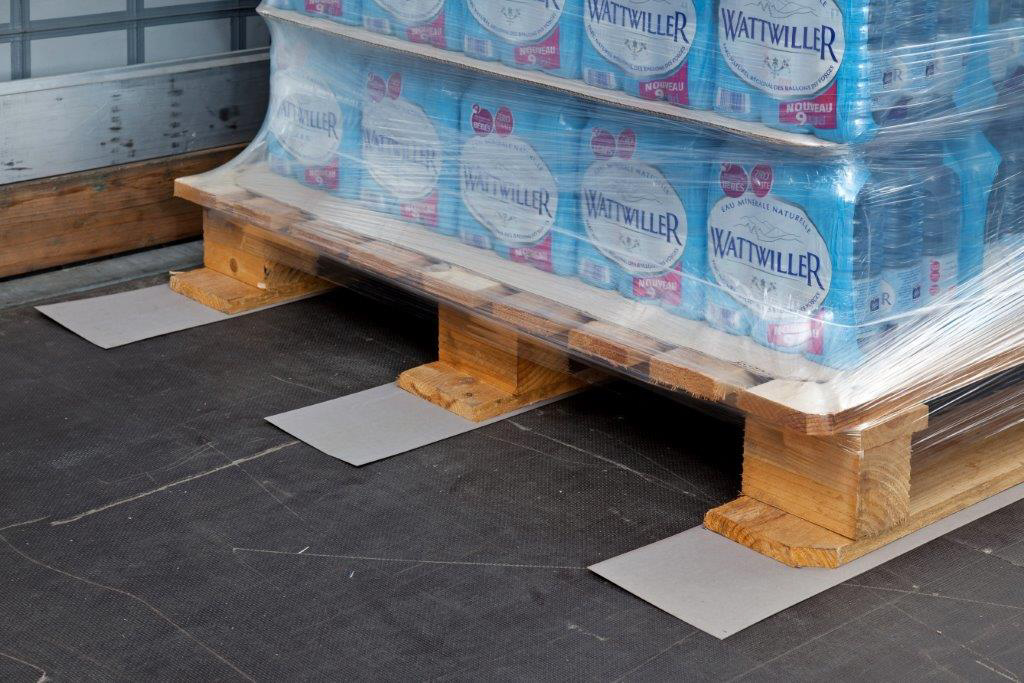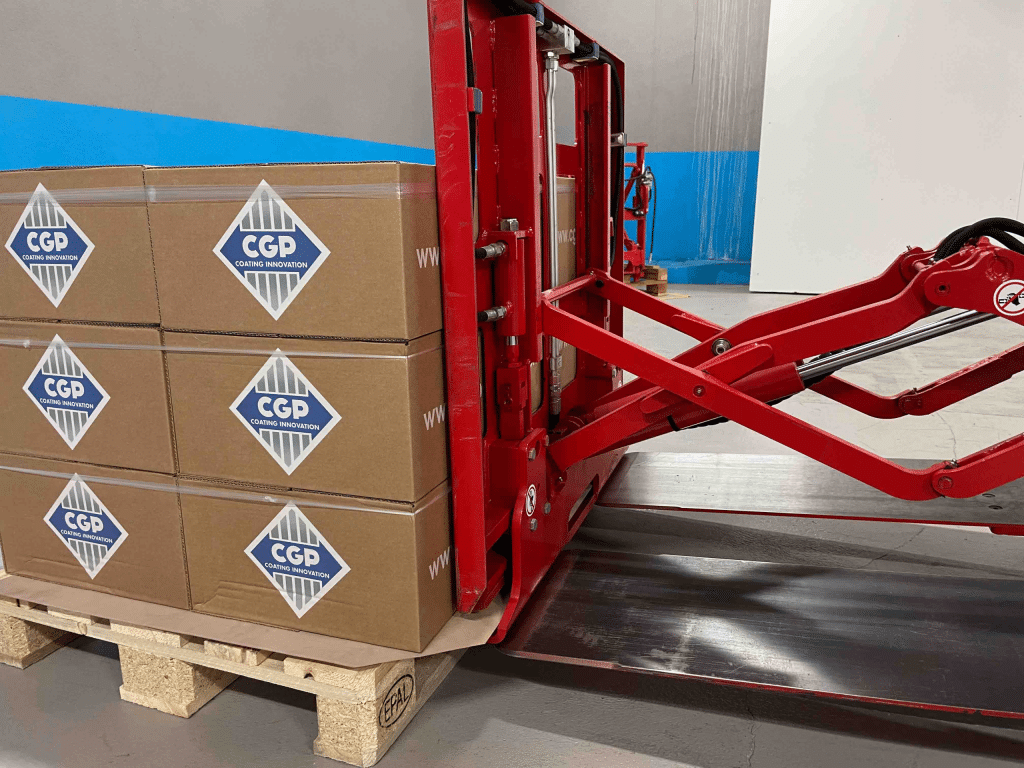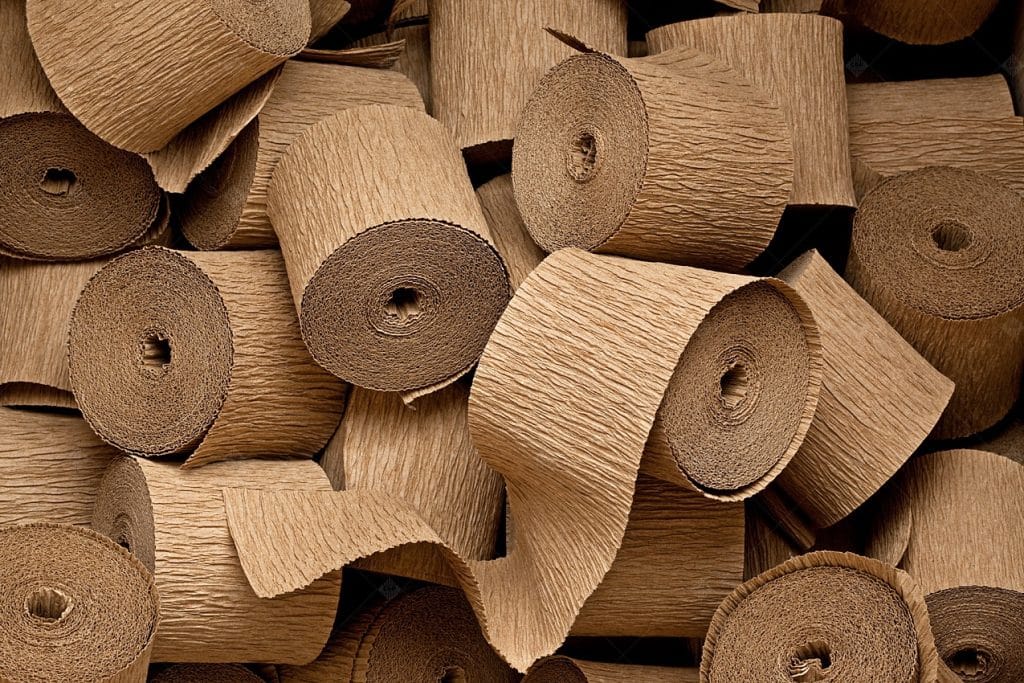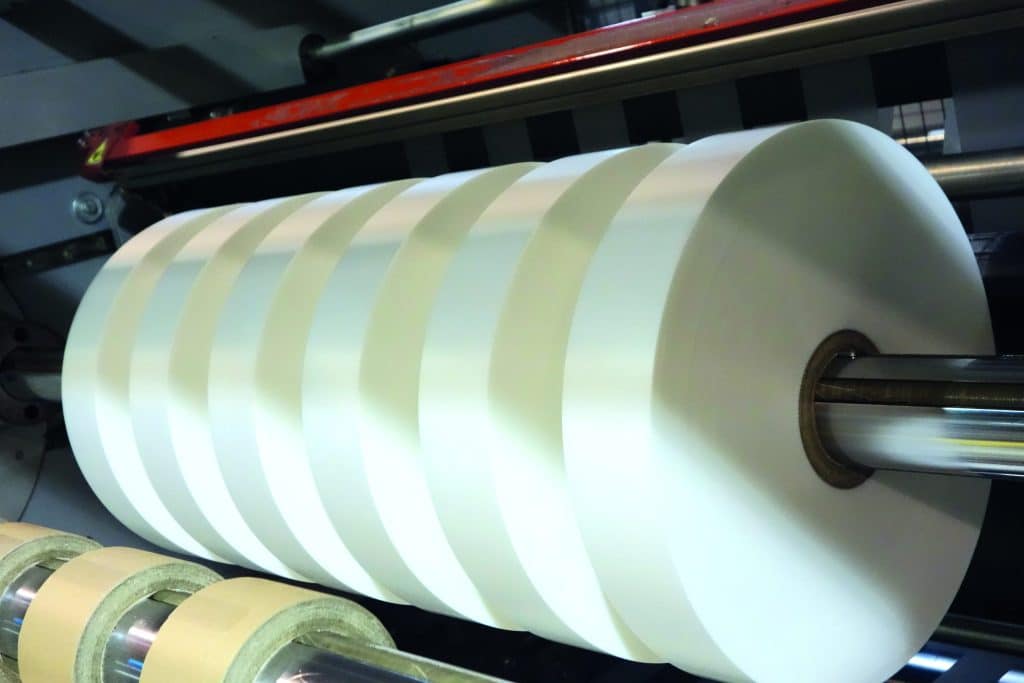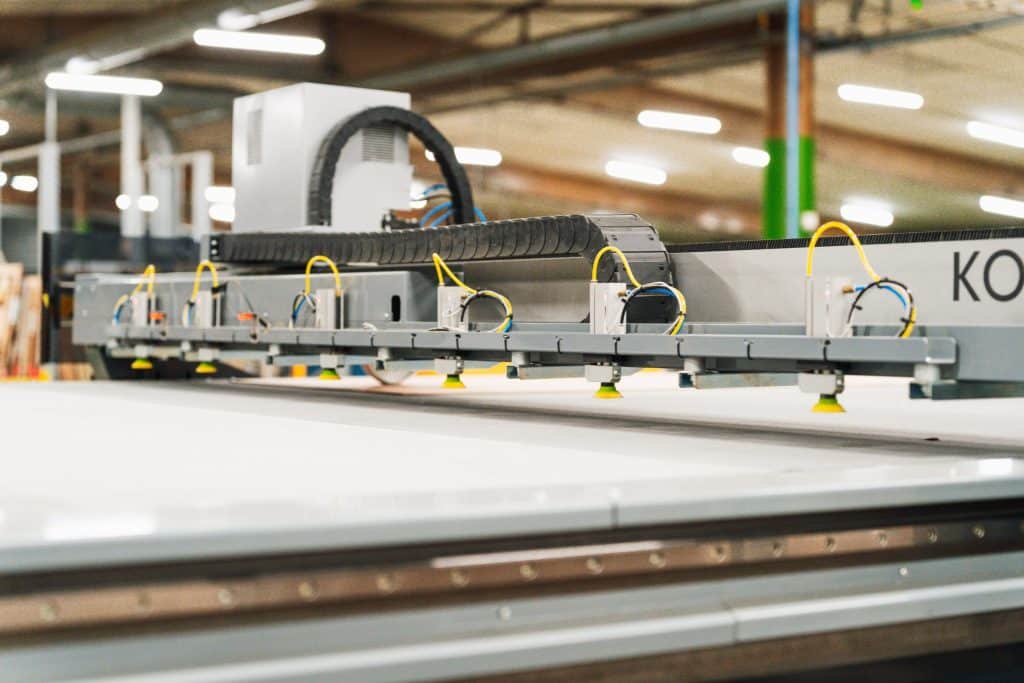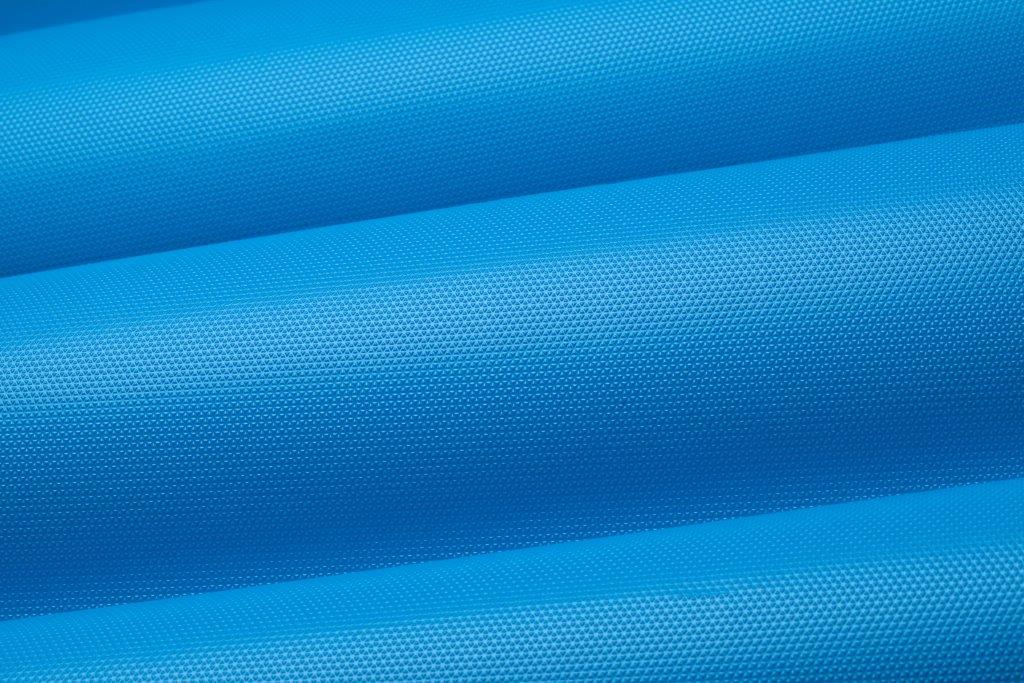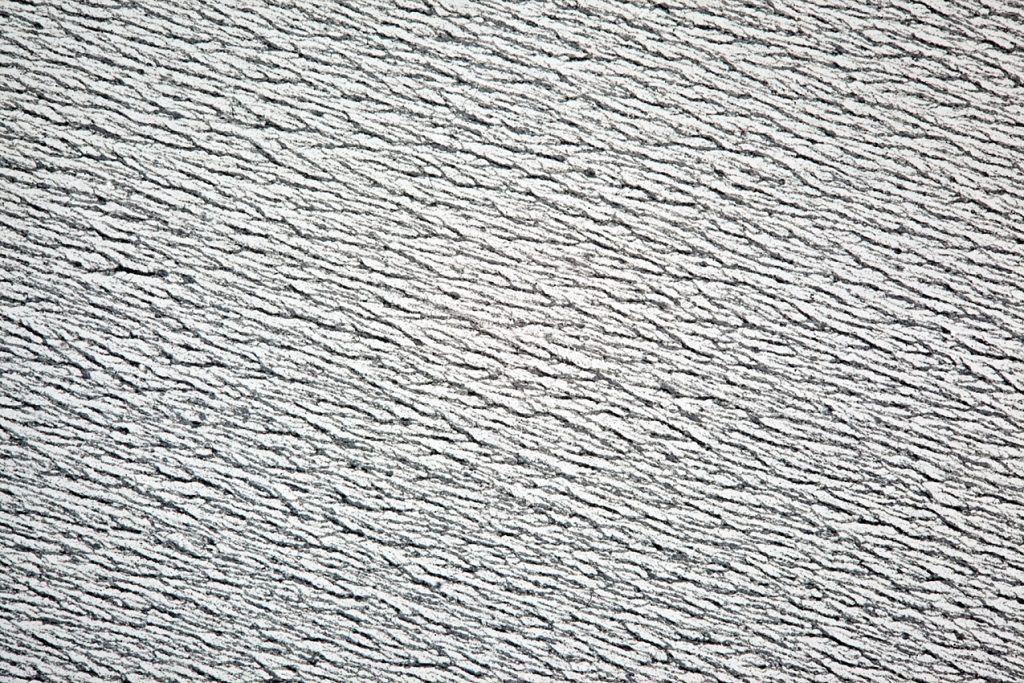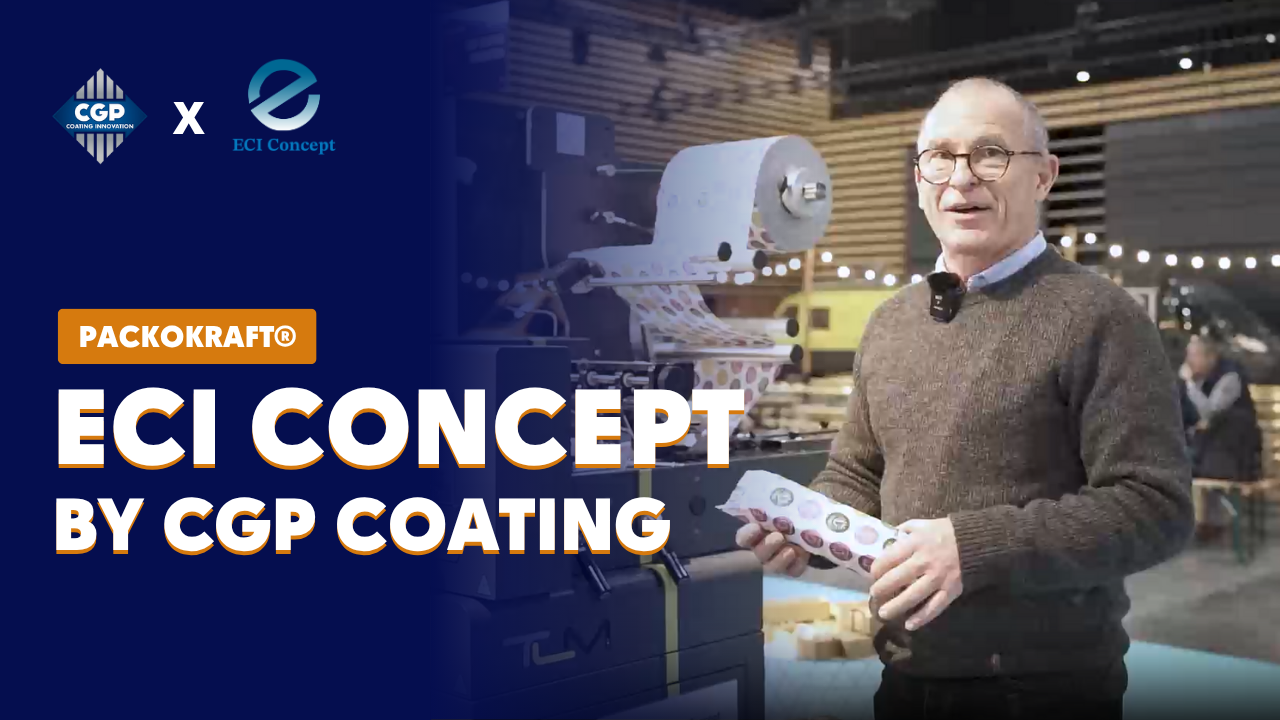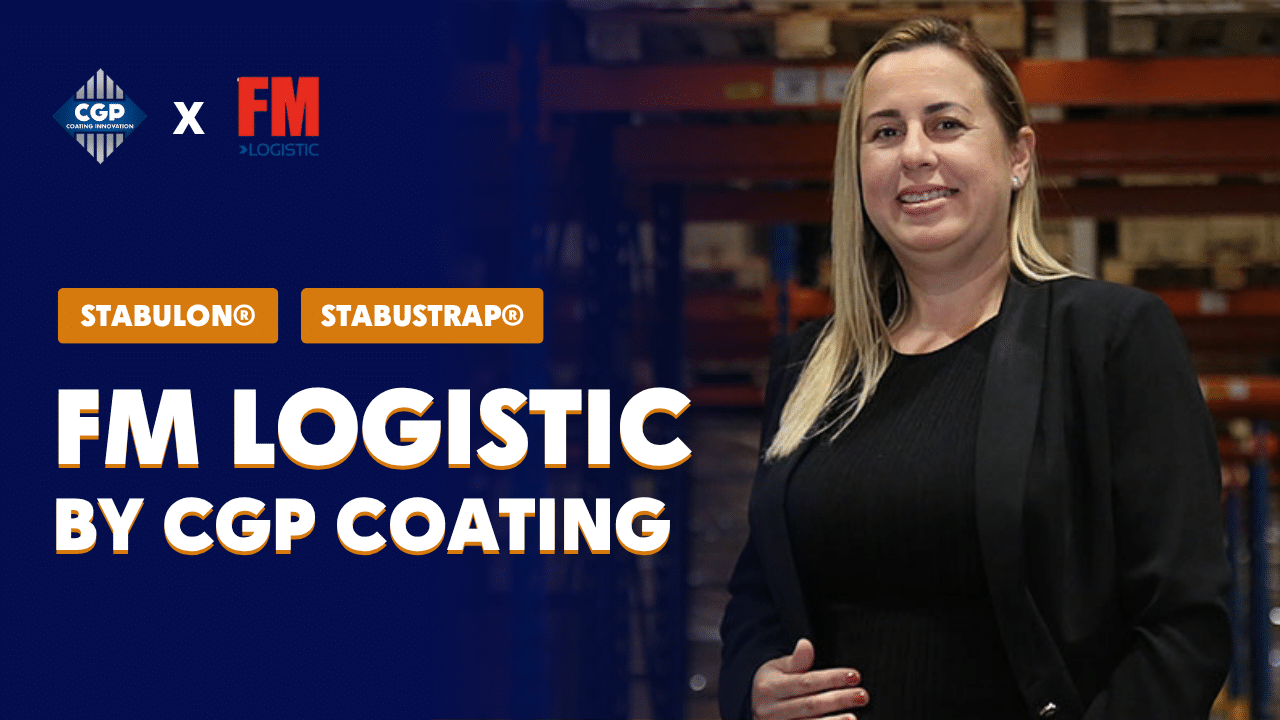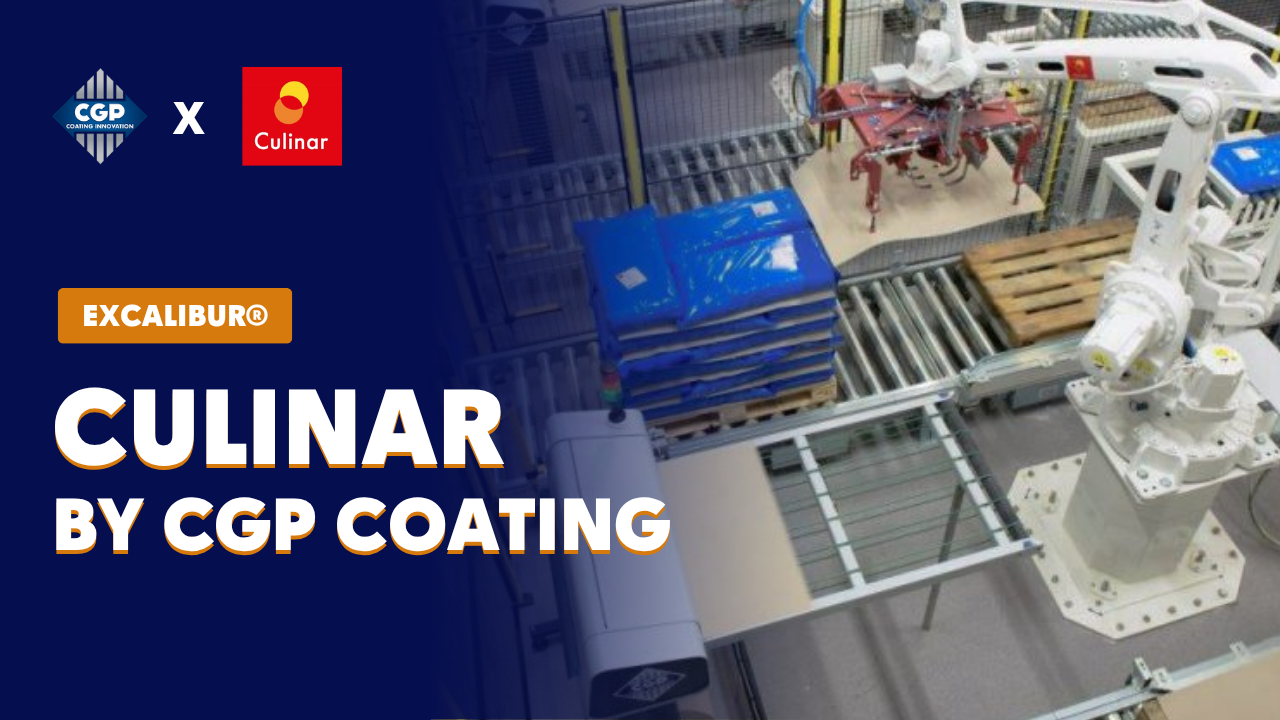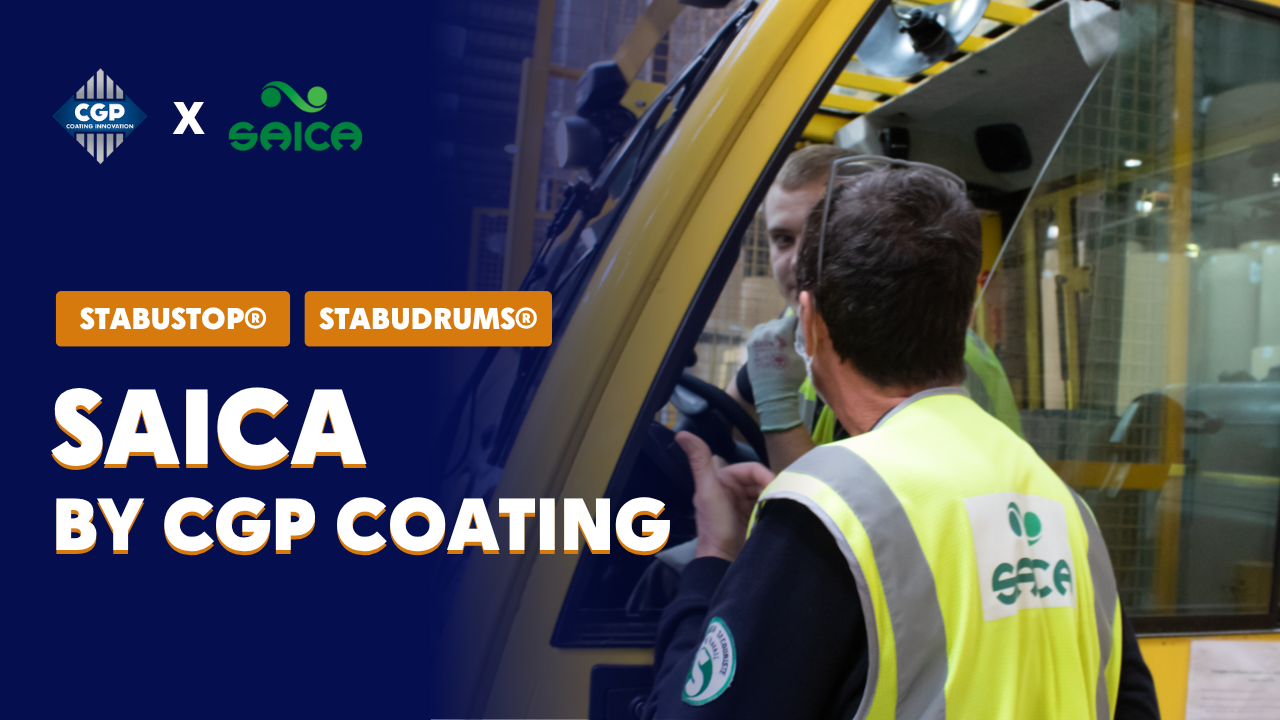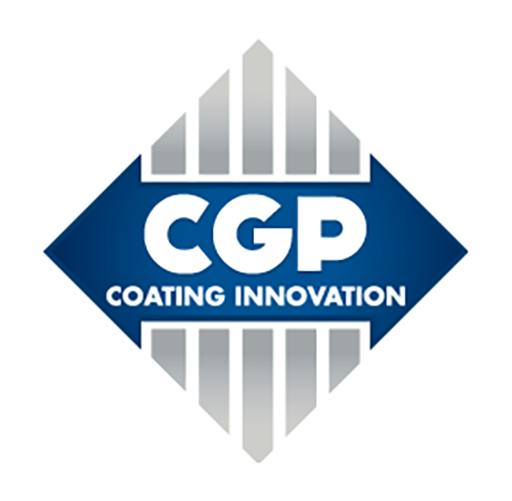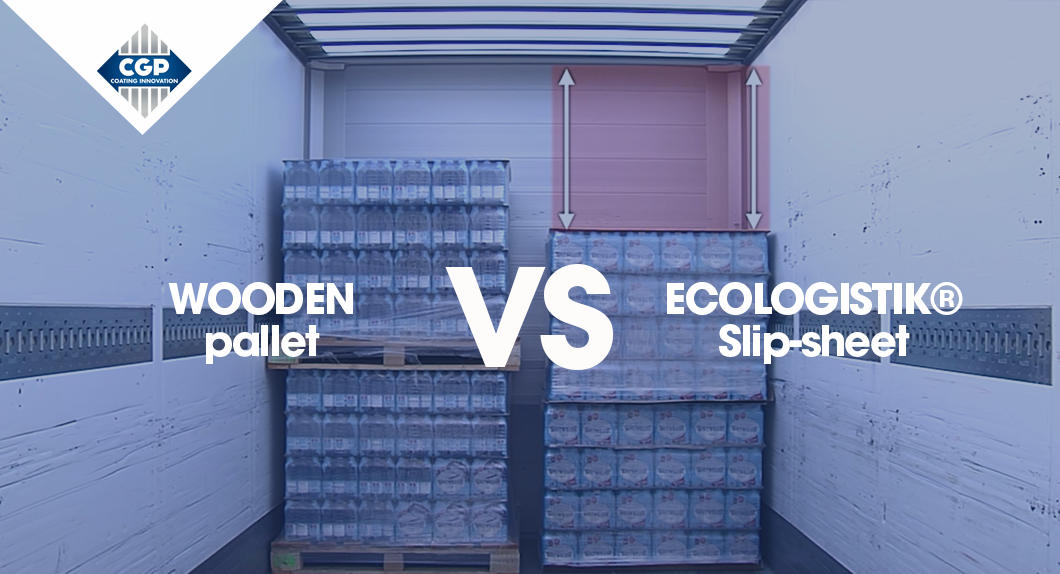
When developing an efficient logistics strategy, the choice between slip sheets and pallets for transporting goods is crucial. Cost and economic benefits play a central role. This analysis compares the prices of slip sheets with those of wooden, plastic, metal, and cardboard pallets, while highlighting the advantages in inventory management, ecological transition, and cost reduction.
Slip Sheet Pricing
Slip sheets represent an economical and ecological solution for the transport and storage of goods. Regarding unit cost, cardboard slip sheets are available between €2.50 and €4.50 per unit, depending on quality, size, and quantities.
Their cost price, including purchase and usage fees, remains significantly lower than that of traditional pallets, thanks to their lightness and low bulk, allowing substantial savings on transport costs and maximising storage space.
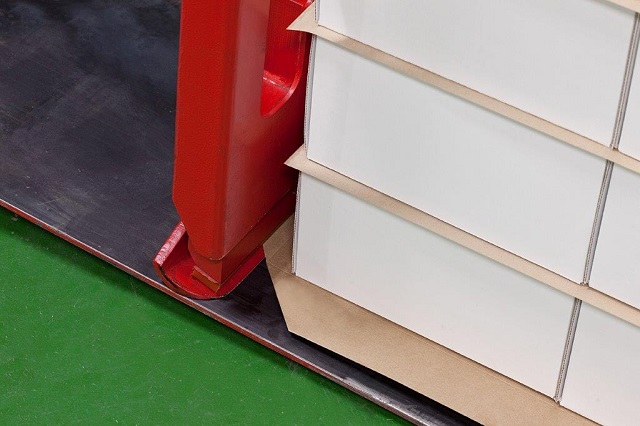
Slip sheets offer notable economic advantages. Their lightness allows for substantial savings on transport costs, as they are much lighter than traditional pallets.
Furthermore, their low bulk maximises storage space, thereby reducing warehouse management costs.
Slip sheets are recyclable and help reduce waste, enabling the adoption of environmentally friendly practices in your logistics operations.
However, using slip sheets requires specific equipment, such as push-pull attachments or forklifts equipped with push plates, but this initial investment is quickly offset by long-term savings.
Pallet Pricing
Wooden Pallets
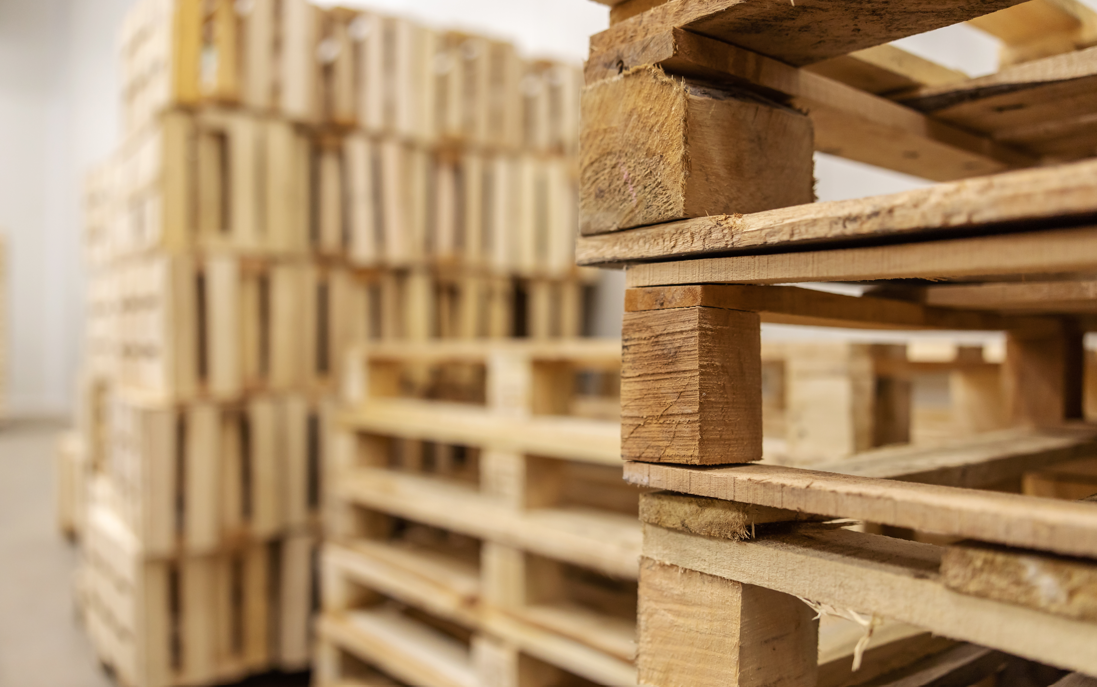
Wooden pallets, although robust, have a unit cost ranging from €15 to €25. They have the advantage of being repairable, extending their lifespan. However, their weight—15 times heavier—and their storage volume—50 times greater—lead to higher transport costs. Additionally, they are sensitive to moisture, which can cause mould and deterioration issues.
Plastic Pallets
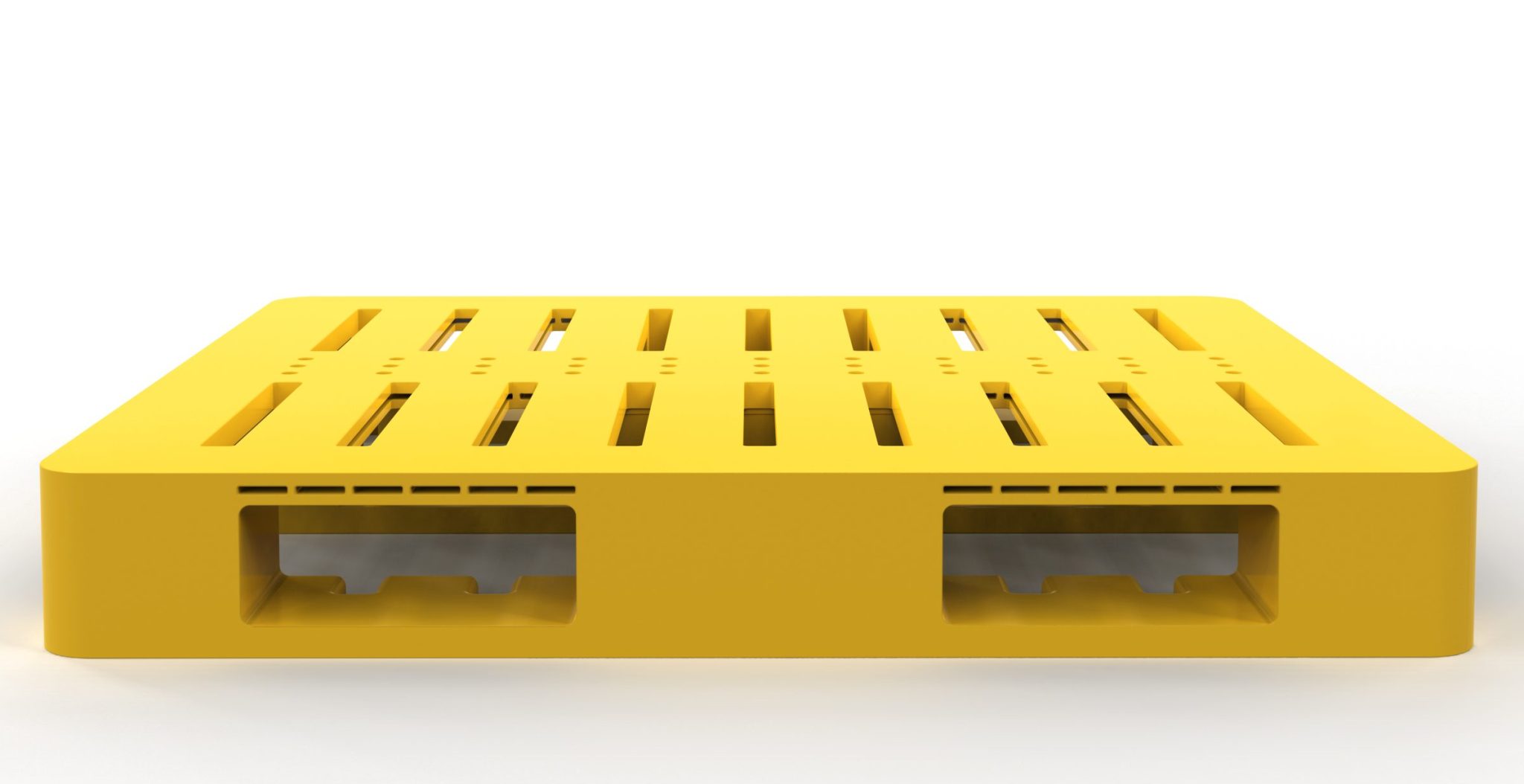
Plastic pallets, costing between €25 and €150 per unit, are resistant to moisture and chemicals, granting them a long lifespan. They are also easy to clean, making them ideal for the food, pharmaceutical, and chemical industries. However, their initial production cost is higher than that of wooden pallets, and they are difficult to repair if damaged.
Metal Pallets
Metal pallets, with a unit selling price of around €350, are extremely robust and ideal for heavy loads and demanding environments. Their longevity is a major asset, but their very high initial cost and weight significantly increase transport costs, often limiting their use to intra-logistics flows.
Cardboard Pallets
Cardboard pallets, on the other hand, cost between €10 and €20 per unit. Their lightness reduces transport costs, and they are fully recyclable, making them an ecological option. However, they have limited durability, being sensitive to moisture and less resistant to heavy loads.
Advantages of Slip Sheets
Slip sheets stand out due to their numerous economic and environmental advantages. Their lower unit cost, compared to that of pallets, allows for immediate savings.
Companies can directly save on transport and storage space costs, helping them improve their logistics operations. Moreover, being recyclable, slip sheets fit perfectly into an ecological approach, contributing to waste reduction and promoting sustainable development.
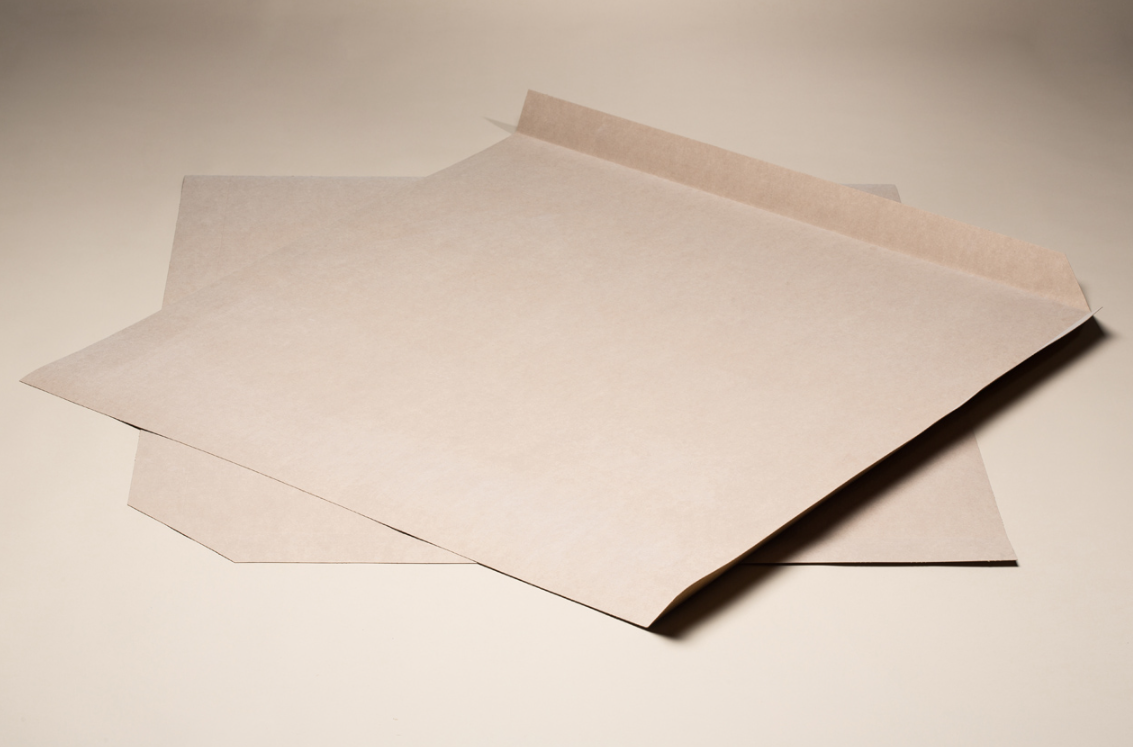
Conclusion
The choice between slip sheets and pallets depends on the specific needs of the company in terms of cost, durability, weight, and compatibility with existing equipment.
Slip sheets offer significant advantages in terms of purchase, transport, and storage costs, as well as waste reduction, making them an economical and ecological logistics solution.
Companies can save in the long term by investing in specialised equipment to improve their logistics operations, thereby reducing their overall costs.
By opting for slip sheets, you are investing in a sustainable solution that promotes operational efficiency and environmental responsibility.





